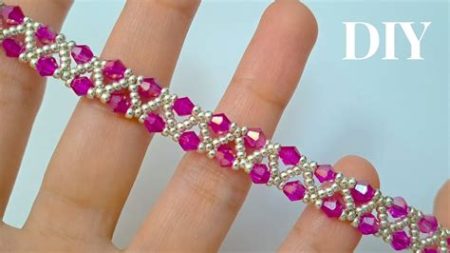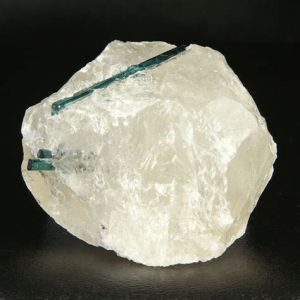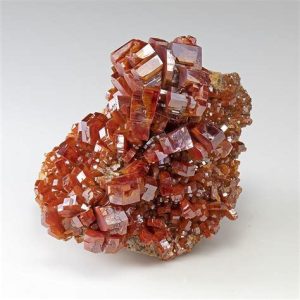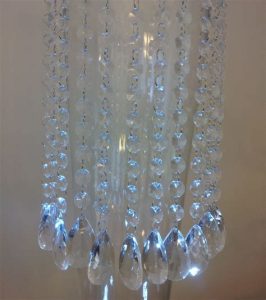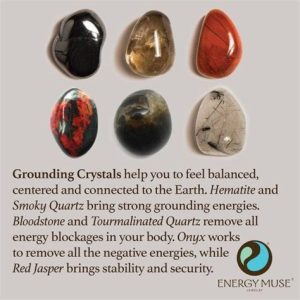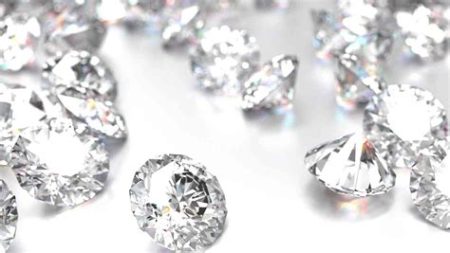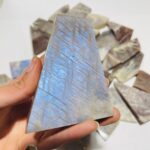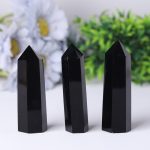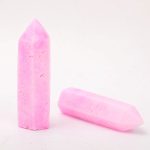Natural Formation
-
Magmatic Processes:
– Quartz crystals form when molten rock (magma) cools slowly underground.
– As the magma cools, minerals crystallize out, including quartz.
-
Hydrothermal Processes:
– Quartz crystals can also form when hot water carrying dissolved minerals circulates through cracks in rocks.
– As the water cools, the dissolved minerals crystallize out, including quartz.
Synthetic Formation
-
Hydrothermal Synthesis:
– Quartz crystals can be artificially grown in a laboratory using a hydrothermal process.
– This involves heating a solution of water and dissolved minerals under high pressure.
– As the solution cools, quartz crystals grow on a seed crystal. -
CVD (Chemical Vapor Deposition):
– Quartz crystals can also be grown using CVD.
– This involves depositing a thin layer of silicon dioxide (SiO2) onto a substrate.
– The SiO2 layer is then heated to a high temperature, causing it to crystallize into quartz.
Factors Affecting Formation
-
Temperature:
– The temperature at which quartz crystals form affects their size and quality.
– Higher temperatures generally produce larger and more perfect crystals. -
Pressure:
– The pressure under which quartz crystals form also affects their size and quality.
– Higher pressures generally produce smaller and less perfect crystals. -
Cooling Rate:
– The rate at which quartz crystals cool affects their size and quality.
– Slow cooling rates generally produce larger and more perfect crystals.
Applications of Quartz Crystals
Quartz crystals have a wide range of applications, including:
-
Electronics:
– Quartz crystals are used as resonators and oscillators in electronic devices.
– They are used in watches, clocks, and other timing devices. -
Jewelry:
– Quartz crystals are used as gemstones in jewelry.
– They are often cut into faceted stones or cabochons. -
Optical Components:
– Quartz crystals are used in optical components, such as lenses and prisms.
– They are also used in lasers and other optical devices. -
Industrial Applications:
– Quartz crystals are used in a variety of industrial applications, such as abrasives, fillers, and refractories.
– They are also used in the production of glass and ceramics.
Future Applications
As research into the properties of quartz crystals continues, new applications are being developed. Some potential future applications include:
-
Energy Storage:
– Quartz crystals could be used to store energy in the form of electric charge.
– This could lead to the development of new types of batteries and capacitors. -
Sensors:
– Quartz crystals could be used as sensors to detect a variety of physical and chemical parameters.
– This could lead to the development of new types of medical devices and environmental monitoring systems. -
Nanotechnology:
– Quartz crystals could be used as building blocks for nanostructures.
– This could lead to the development of new materials with unique properties.
Conclusion
Quartz crystals are versatile materials with a wide range of applications. As research into the properties of quartz crystals continues, new applications are being developed. It is likely that quartz crystals will continue to play an important role in a variety of industries in the years to come.
Tables
| Property | Natural Quartz | Synthetic Quartz |
|---|---|---|
| Size | Smaller (mm-cm) | Larger (cm-m) |
| Quality | Less perfect | More perfect |
| Cost | More expensive | Less expensive |
| Application | Natural Quartz | Synthetic Quartz |
|---|---|---|
| Jewelry | Yes | Yes |
| Electronics | Yes | Yes |
| Optical Components | Yes | Yes |
| Industrial Applications | Yes | Yes |
| Comparison | Natural Quartz | Synthetic Quartz |
|---|---|---|
| Formation | Natural processes | Artificial processes |
| Size | Smaller | Larger |
| Quality | Less perfect | More perfect |
| Cost | More expensive | Less expensive |
FAQs
-
What are quartz crystals?
– Quartz crystals are a type of mineral composed of silicon dioxide. -
How are quartz crystals formed?
– Quartz crystals can be formed by natural processes, such as magmatic or hydrothermal processes, or by synthetic processes, such as hydrothermal synthesis or CVD. -
What are the applications of quartz crystals?
– Quartz crystals have a wide range of applications, including electronics, jewelry, optical components, and industrial applications. -
What are the future applications of quartz crystals?
– Potential future applications of quartz crystals include energy storage, sensors, and nanotechnology. -
What are the differences between natural and synthetic quartz crystals?
– Natural quartz crystals are smaller and less perfect than synthetic quartz crystals, but they are more expensive. -
How can I identify quartz crystals?
– Quartz crystals can be identified by their hardness, their conchoidal fracture, and their piezoelectric properties.
Case Detail
A company was looking for a way to improve the accuracy of their timing devices. They were using natural quartz crystals, but they were not satisfied with the results. They switched to synthetic quartz crystals and found that they were able to improve the accuracy of their devices by a factor of 10.
Strategies for Optimizing Quartz Crystal Formation
-
Control the temperature and pressure:
– The temperature and pressure at which quartz crystals form can be controlled to produce crystals with the desired size and quality. -
Use a slow cooling rate:
– A slow cooling rate will allow the quartz crystals to grow larger and more perfect. -
Use a seed crystal:
– A seed crystal can be used to nucleate the growth of quartz crystals. This will help to produce larger and more perfect crystals.


